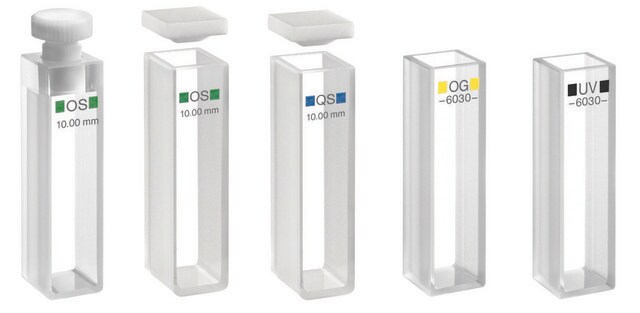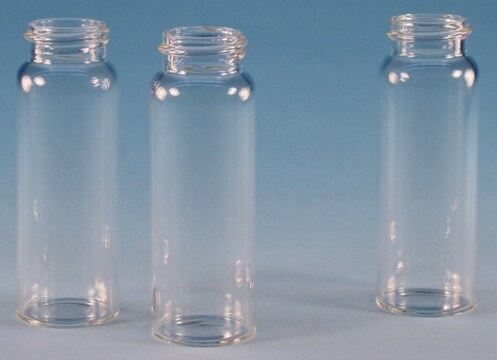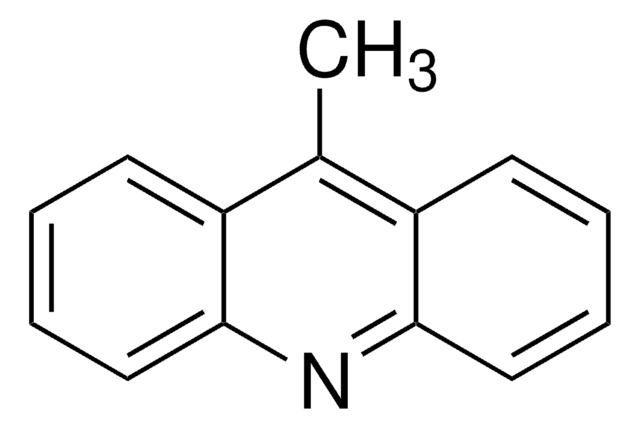143650
5H-Dibenz[b,f]azepine
97%
Synonyme(s) :
Iminostilbene
About This Item
Produits recommandés
Niveau de qualité
Essai
97%
Pf
196-199 °C (lit.)
Solubilité
ethyl acetate: soluble 25 mg/mL, clear, yellow to orange
Chaîne SMILES
N1c2ccccc2C=Cc3ccccc13
InChI
1S/C14H11N/c1-3-7-13-11(5-1)9-10-12-6-2-4-8-14(12)15-13/h1-10,15H
Clé InChI
LCGTWRLJTMHIQZ-UHFFFAOYSA-N
Vous recherchez des produits similaires ? Visite Guide de comparaison des produits
Catégories apparentées
Description générale
Application
- As a starting material to prepare pharmacologically important dibenzoazepine-pyridazine derivatives.
- To synthesize 3-chloro-1-(5H-dibenz[b,f]azepine-5yl)propan-1-one, a key intermediate used to prepare aminophenol derivatives.
- In the synthesis of dibenzazepine derivatives.
- As a starting material to synthesize olefinic multidentate ligand, which is used to prepare Rh(I) complexes.
Actions biochimiques/physiologiques
Mention d'avertissement
Warning
Mentions de danger
Conseils de prudence
Classification des risques
Acute Tox. 4 Oral - Aquatic Chronic 2
Code de la classe de stockage
11 - Combustible Solids
Classe de danger pour l'eau (WGK)
WGK 2
Point d'éclair (°F)
Not applicable
Point d'éclair (°C)
Not applicable
Équipement de protection individuelle
dust mask type N95 (US), Eyeshields, Gloves
Faites votre choix parmi les versions les plus récentes :
Certificats d'analyse (COA)
Vous ne trouvez pas la bonne version ?
Si vous avez besoin d'une version particulière, vous pouvez rechercher un certificat spécifique par le numéro de lot.
Déjà en possession de ce produit ?
Retrouvez la documentation relative aux produits que vous avez récemment achetés dans la Bibliothèque de documents.
Les clients ont également consulté
Global Trade Item Number
| Référence | GTIN |
|---|---|
| 143650-5G | 4061833020746 |
| 143650-1G | 4061826238455 |
Notre équipe de scientifiques dispose d'une expérience dans tous les secteurs de la recherche, notamment en sciences de la vie, science des matériaux, synthèse chimique, chromatographie, analyse et dans de nombreux autres domaines..
Contacter notre Service technique
![10,11-Dihydro-5H-dibenz[b,f]azepine 97%](/deepweb/assets/sigmaaldrich/product/structures/282/468/27ed6f23-3d01-4628-8293-f0051a6f3b7c/640/27ed6f23-3d01-4628-8293-f0051a6f3b7c.png)
![Dibenz [b,f]azepine-5-carbonyl chloride 90%](/deepweb/assets/sigmaaldrich/product/structures/407/098/2961006c-9a3d-4aed-a20e-35b97bfa45c2/640/2961006c-9a3d-4aed-a20e-35b97bfa45c2.png)











![(S)-(+)-N-(3,5-Dioxa-4-phosphacyclohepta[2,1-a;3,4-a′]dinaphthalen-4-yl)-dibenzo[b,f]azepine ≥95% (elemental analysis)](/deepweb/assets/sigmaaldrich/product/structures/575/489/d54360f9-5a59-43f2-bc44-42f5fa92b588/640/d54360f9-5a59-43f2-bc44-42f5fa92b588.png)
